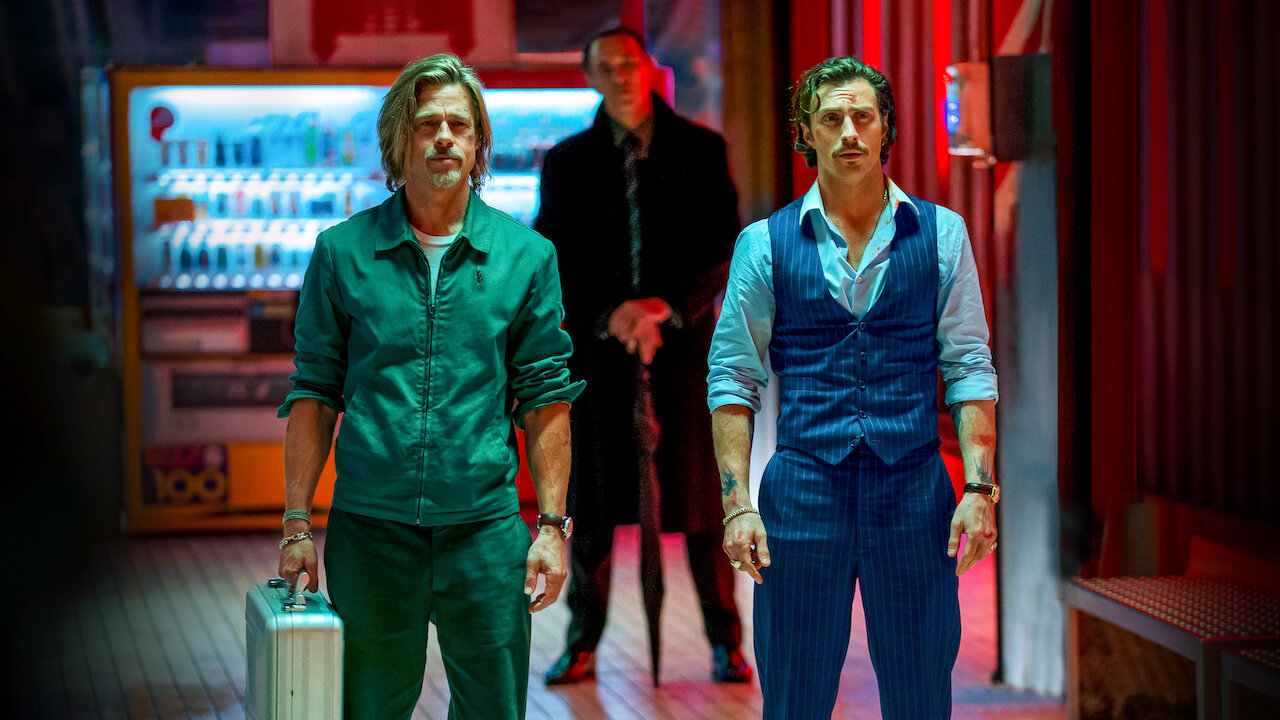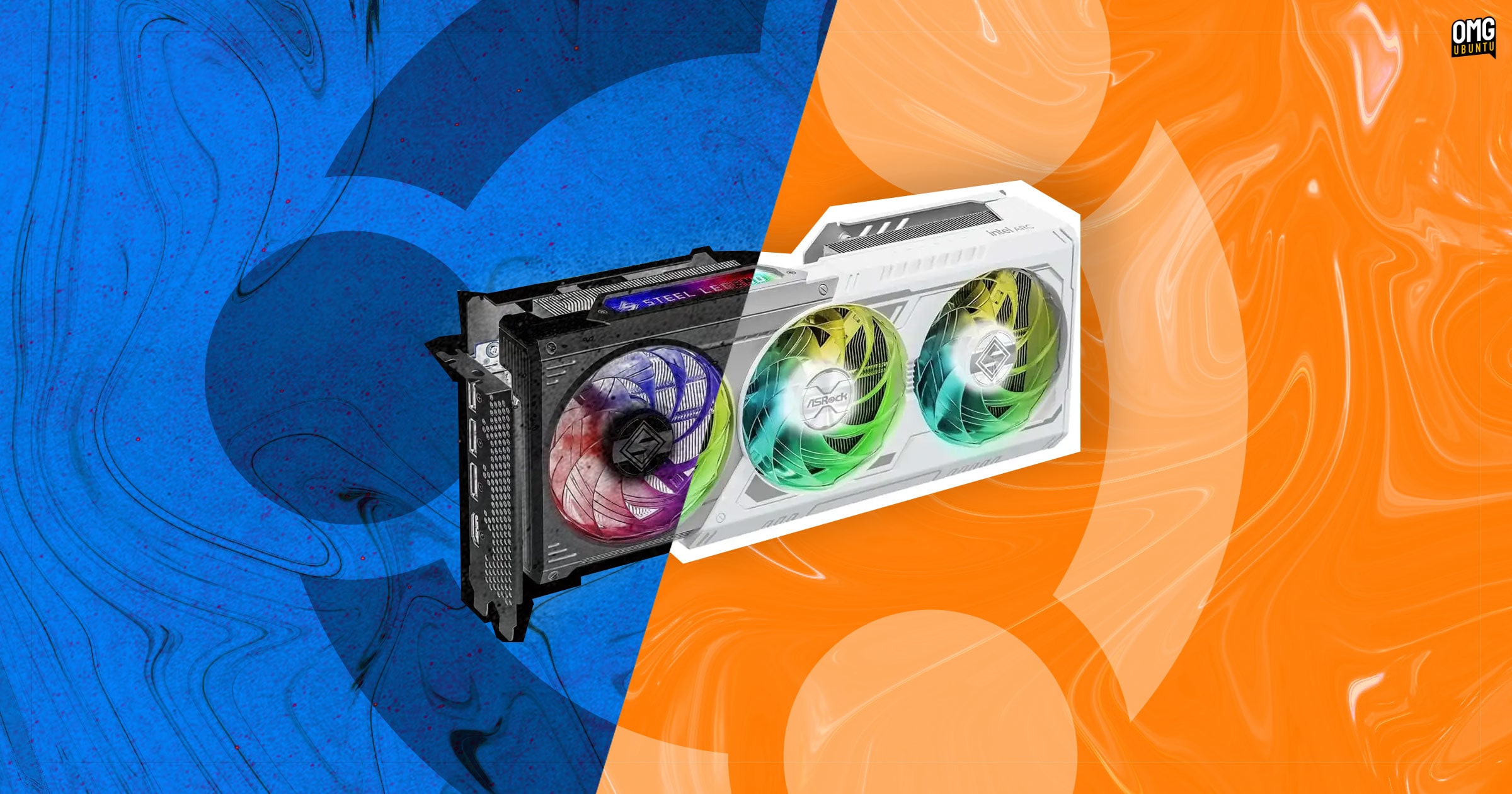Slow and steady: How Shoffr plans to navigate the intensely competitive ride-hailing market
Electric taxi service Shoffr’s Co-founder and CEO, Vikas Bardia, says being a second-mover offers several advantages. The mistakes of first movers have taught the company valuable lessons—do not rush into expansion, instead focus on operational efficiency and unit economics.


Amidst the flurry of tweets lamenting the fall of EV cab service BluSmart, Vikas Bardia, Co-founder and CEO of Shoffr, penned a post on X highlighting the benefits of being a second mover.
As a second mover, Bengaluru-based electric taxi service Shoffr has the advantage of learning from the mistakes of its peers who started out earlier. Having learnt from observation and experience, it intends to do things differently.
A big takeaway for Shoffr—which provides airport transfers, outstation rentals, and city rentals—is the need to focus on higher utilisation of assets, unit economics, and operational efficiency to ensure the business stays sustainable.

BluSmart, which was founded in 2019, reportedly had about 7,000 EVs in its fleet in just three years. On the other hand, Shoffr, which started out in 2022, now operates 150 EVs—BYD e6 electric multi-purpose vehicles—in Bengaluru and Delhi.
Shoffr is in no hurry to expand its fleet or spread itself too thin in the market.
“Our priority is maintaining quality and meeting demand without putting strain on operations. The focus is on scaling right, not just scaling fast,” says Bardia.
“Each car needs to generate more revenue than its cost. We learned a lot from the first movers about which cars to use, which routes work, and how to stay profitable… We focus on high utilisation and avoid expanding too quickly.”
At the end of the day, “the math should add up,” says Bardia in an interview to YourStory. He also talks about Shoffr’s humble beginnings, its choice to raise funds uniquely, and its path forward.
Edited excerpts:
YourStory [YS]: Could you walk us through the rationale behind the inception of Shoffr in 2022. What inspired the idea, and what were the key factors that motivated you to pursue it?
Vikas Bardia [VB]: The idea for Shoffr started in 2022 by accident. A friend of mine was looking to buy a new car, and since I had some free time, I tagged along for a bunch of test drives. We tried out the Nexon EV, and it completely changed how I thought about electric cars. It was quiet, smooth, and surprisingly powerful—a great experience overall.
But when we crunched the numbers, it didn’t make financial sense for him. The upfront cost was too high given his low monthly usage. That got me thinking: if EVs have such low running costs, why weren’t commercial operators using them more?
That question led me down a rabbit hole—researching who was using EVs, how they were using them, and why everyone seemed to be approaching them the same way. That’s really where Shoffr began.
YS: You bootstrapped the firm for the first couple of years. What drove this decision?
VB: We started operations with just two cars—the goal was to get to four, and that’s when we announced our launch. Honestly, we didn’t expect the kind of demand we saw. For weeks, people had to book three to four days in advance.
We bootstrapped from the start, partly because we needed to build our own conviction before asking anyone else for money. I’m a first-time founder, with no big exits or backing; so this felt like the only real way to do it.
We pooled together enough capital to get to 20–30 cars. That was the breakeven point we’d modelled, where the unit economics started to make sense. Once we crossed that mark, the business became self-sustaining. We kept reinvesting, and that took us to 75 cars.
Today, we’ve scaled to around 150 cars—130 in Bangalore and 20–25 in Delhi.
YS: Was there a specific reason you chose to primarily use the Chinese EV-maker BYD in your fleet?
VB: We weren’t spoiled for choice when we started. Back in late 2022, very few EVs were available for commercial use—even TATA wouldn’t sell us the Nexon for fear it’d be seen as a taxi. It really came down to the TATA Tigor and the BYD, and the BYD just made more sense. It had range and reliability, and fit the use case we were building for—long daily runs without needing mid-shift charging.
YS: Are you open to adding vehicles from other manufacturers to your fleet down the line?
VB: We’re always evaluating other OEMs, but for now, we’re sticking with what works. Standardising one manufacturer simplifies everything—from servicing to parts management. Unless there’s a really compelling reason to switch, we don’t see a need to bring in other models just yet.
YS: BYD vehicles are quite expensive, especially without local manufacturing. Do you see this impacting your bottom line, or is it not a major concern right now?
VB: If the cost was hurting our bottom line, we wouldn’t have been able to bootstrap in the first place. The math works because it’s not just about choosing BYD alone—it’s a set of decisions that make the overall model viable.
In the EV space, car price often reflects battery size and range. You can get a cheaper car, but the range would be limited. So, it’s all about trade-offs.
We appreciate BYD’s product, but, at the end of the day, I’m a fleet operator focused on reliable service and building a sustainable business. Right now, BYD is the best fit for us, but I’m always open to what works best for the business.
YS: Shoffr offers rentals, airport rides, and outstation trips in both Bengaluru and Delhi. Which service sees the most demand? Can we expect Shoffr booths in airports soon?
VB: We made our name with airport transfers; so that’s still where we see the most demand. But outstation trips are a much larger market overall across India.
The Bangalore airport transfer market alone is worth ₹1,500 crore–₹2,000 crore annually, even before T2 (airport terminal) opened. So, while outstation is bigger, airport rides remain our strongest segment and it is where most customers first engage with us before exploring other services.
While the demand for our airport services is on the rise, setting up a booth at the airports is not one of our immediate plans.
YS: In your recent post on X, you mentioned the advantages of being a second mover in this space. What lessons did you take from the experience of your major competitors, and how are you ensuring you avoid making the same mistakes?
VB: It’s all about making sure the business math adds up—each car needs to generate more revenue than its cost. We learned a lot from the first movers about which cars to use, which routes work, and how to stay profitable.
To ensure this, we focus on high utilisation and avoid expanding too quickly. In fact, our asset utilisation is over 75%, which helps keep the business sustainable.
YS: Shoffr hasn’t launched on-demand services yet, probably due to fleet size. Do you see on-demand becoming a viable option for your business in the future?
VB: On-demand requires a large, well-distributed fleet to guarantee quick pickups—sending a car 20 minutes later isn’t really on-demand. For cities like Delhi or Bangalore, you need tens of thousands of cars to do it well.
While there’s potential in the future, it depends on how other players like Uber and Namma Yatri perform and how their economics shape up. It’s not something we’re focused on or rushing into right now.
YS: Post the downfall of BluSmart, how do you view the competitive landscape?
VB: We see quite a few players in both B2C and B2B. On the B2C side, it’s mostly fleet operators—like Everest—who own cars and run them on platforms like Uber Black or Uber Green, rather than Uber owning the fleets directly.
There are also regional players like Snap-E in Kolkata, GrEL in Pune, and a new service in Kerala doing something similar to us.
On the B2B side, there are established companies like Orix, Carzonrent, and Avis.
YS: How is the demand shaping up for Shoffr?
VB: There’s more than enough demand in this market—it’s been big for decades and it continues to grow. Taxis were widely used 30 years ago, and their usage has only increased since then.
Shoffr isn’t creating a new market; we’re capturing a share of an existing one. Most of our users switch from other taxi options rather than being first-time users.
This market is well-established and will only keep expanding.
YS: Have you seen a demand spike for Shoffr since BluSmart indefinitely paused operations?
VB: It’s fair to say that we were already seeing high demand, and that kind of intensified a bit more after BluSmart halted services.
YS: Can you share some insights on how you’ve set up your charging infrastructure for the fleet?
VB: We don’t have our own charging hubs; instead, we partner with specialists like Jio-bp, Shell, GLIDA, and Statiq who provide the charging infrastructure. Our focus is on running the fleet efficiently, so we rely on these partnerships to keep the cars charged.
YS: Fast charging helps get cars back on the road quickly, but it can degrade batteries if done every day. Is battery health a concern for your fleet?
VB: Battery issues vary across OEMs and depend on battery design, quality, and the battery management system that monitors battery health. These technologies have improved significantly over the past few years.
I’ve heard about BYD’s ultra-fast charging claims—like adding 10,000 km range in just five minutes—which, if true, would be a game-changer for EV adoption by drastically reducing charging time.
Larger OEMs are definitely moving in this direction, recognising that shorter charging times can break a major barrier for consumers switching to EVs.
YS: You raised around $1 million from your own users and angel investors. What made you choose this route over traditional VC funding?
VB: The common thread was that all the investors were Shoffr users and early adopters who believed in the product. We wanted to give them a chance to participate in the company’s growth. Having users invest is the strongest vote of confidence for us as founders and for external stakeholders.
Legally, crowdfunding isn’t straightforward in India. So we carefully structured the round to comply with regulations and avoid a public offering. We received a lot of inbound interest during our bootstrapping phase but waited to raise only after building our own conviction.
When we were ready, we invited those who had registered interest to participate, with a minimum cheque size to keep things manageable.
YS: Are you planning to raise VC funding in the near future?
VB: We think about raising VC funding, but it depends more on the investor than just the funding itself. It’s crucial to find investors who share our vision for the next five years. Both founders and investors want strong returns, but alignment on how to get there matters most. Without that, funding can create more stress than value. It’s not about whether we raise or not—it’s about finding the right partners to build with.
YS: A few electric mobility startups have been struggling of late. Do you see any changes in how investors are approaching this sector today?
VB: Yes and no. News like that definitely makes you pause and reassess what went wrong and the overall thesis for the space. But there are also investors who’ve been waiting for the right opportunity to enter this market. It’s important not to generalise that the space is too difficult, but rather understand the specific reasons behind those failures. That insight helps anyone interested in the sector to make smarter decisions going forward.
YS: What are the biggest challenges that EV fleet operators face in securing financing today?
VB: We work with several financiers like Revfin, ICICI, and IDFC. Financing isn’t really an EV-specific issue—getting debt financing is tough for any new business. Lenders focus on your current cash flow and ability to repay principal plus interest, not on your future growth potential. Just like with personal credit, the more financial history and stability you have, the better the terms you get. If you’re a new company without GST returns or tax filings, securing debt will be challenging, whether you’re in EVs or not.
YS: What target do you have for fleet expansion?
VB: We do have an internal target, but for us, scale isn’t just about numbers. If we add 30 more cars, that means onboarding around 70 drivers—and if even 20 of them don't meet our standards, that’s a bigger issue than simply hitting a fleet size goal. Our priority is maintaining quality and meeting demand without putting strain on operations. The focus is on scaling right, not just scaling fast.
YS: Are you planning to expand to any new cities this year?
VB: There are plans, but it depends on how things shape up in Delhi and Bangalore. Expanding to a new city means setting up operations from scratch; so we want to first ensure that unit economics and operational efficiency are strong in our existing markets. Once we’ve solidified that, we’ll be in a better position to expand.
YS: What's next for Shoffr?
VB: The focus right now is on deepening our presence in Delhi and Bangalore, strengthening the product, building the right team, and ensuring we maintain our quality as we scale.
Edited by Swetha Kannan





















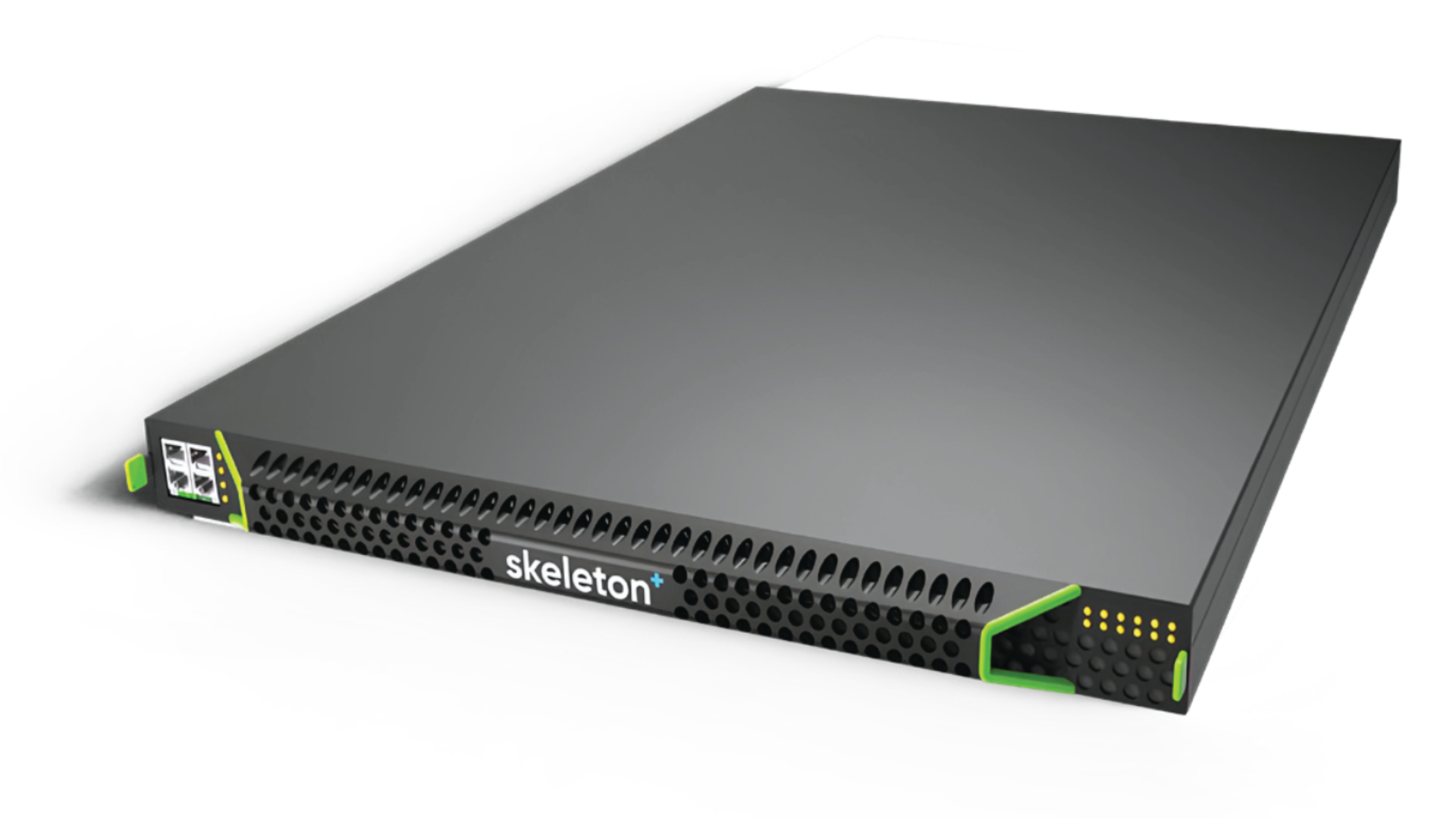






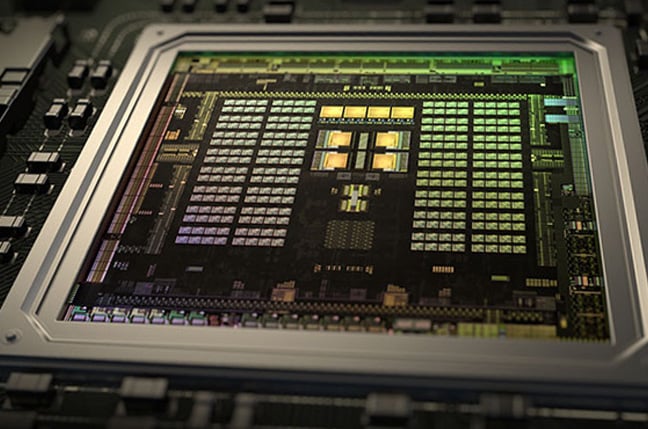





































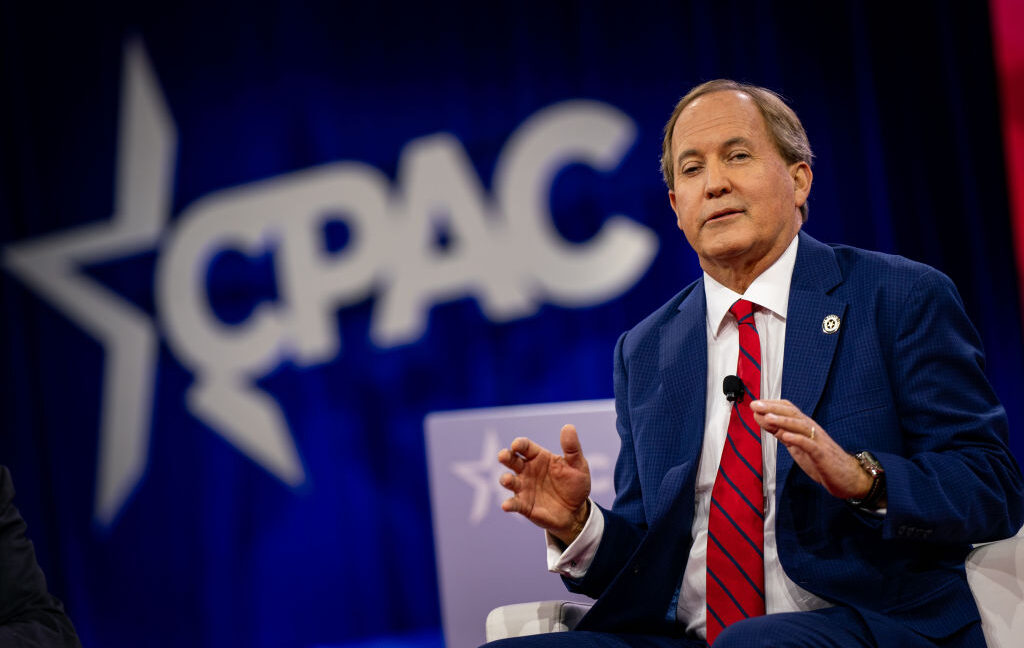










































































































![[The AI Show Episode 150]: AI Answers: AI Roadmaps, Which Tools to Use, Making the Case for AI, Training, and Building GPTs](https://www.marketingaiinstitute.com/hubfs/ep%20150%20cover.png)
![[The AI Show Episode 149]: Google I/O, Claude 4, White Collar Jobs Automated in 5 Years, Jony Ive Joins OpenAI, and AI’s Impact on the Environment](https://www.marketingaiinstitute.com/hubfs/ep%20149%20cover.png)






























































































































![How to Survive in Tech When Everything's Changing w/ 21-year Veteran Dev Joe Attardi [Podcast #174]](https://cdn.hashnode.com/res/hashnode/image/upload/v1748483423794/0848ad8d-1381-474f-94ea-a196ad4723a4.png?#)


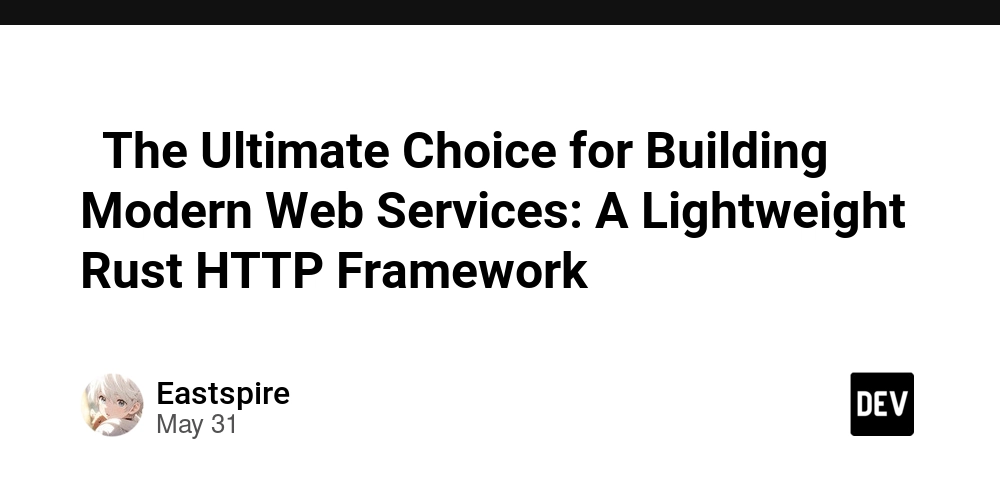
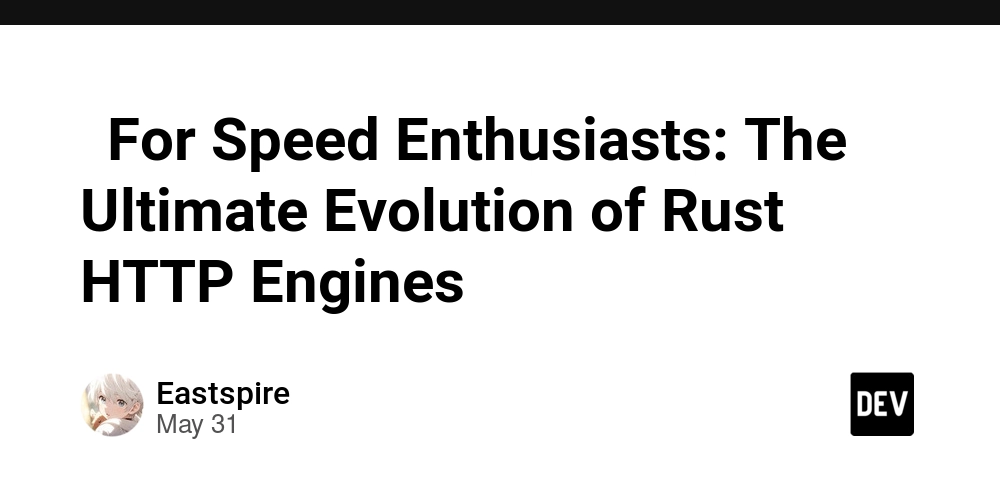

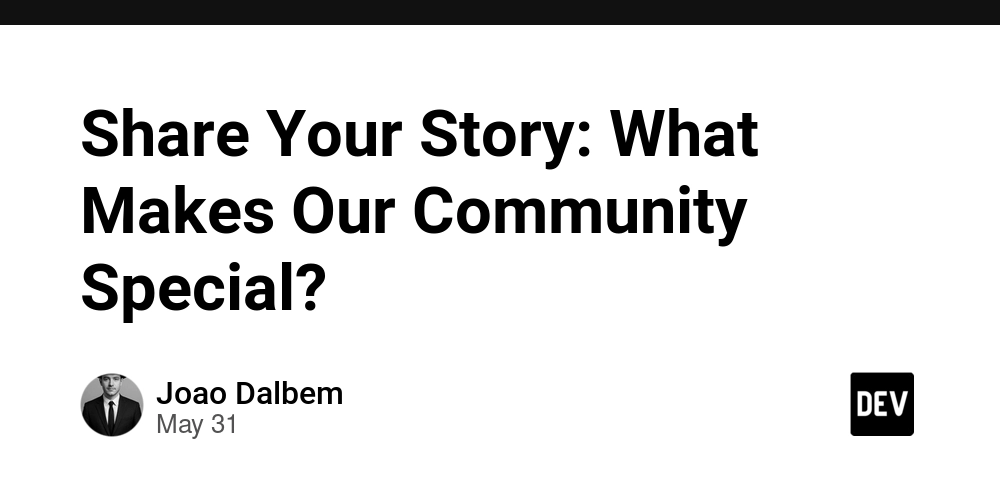










































.jpg?#)










































































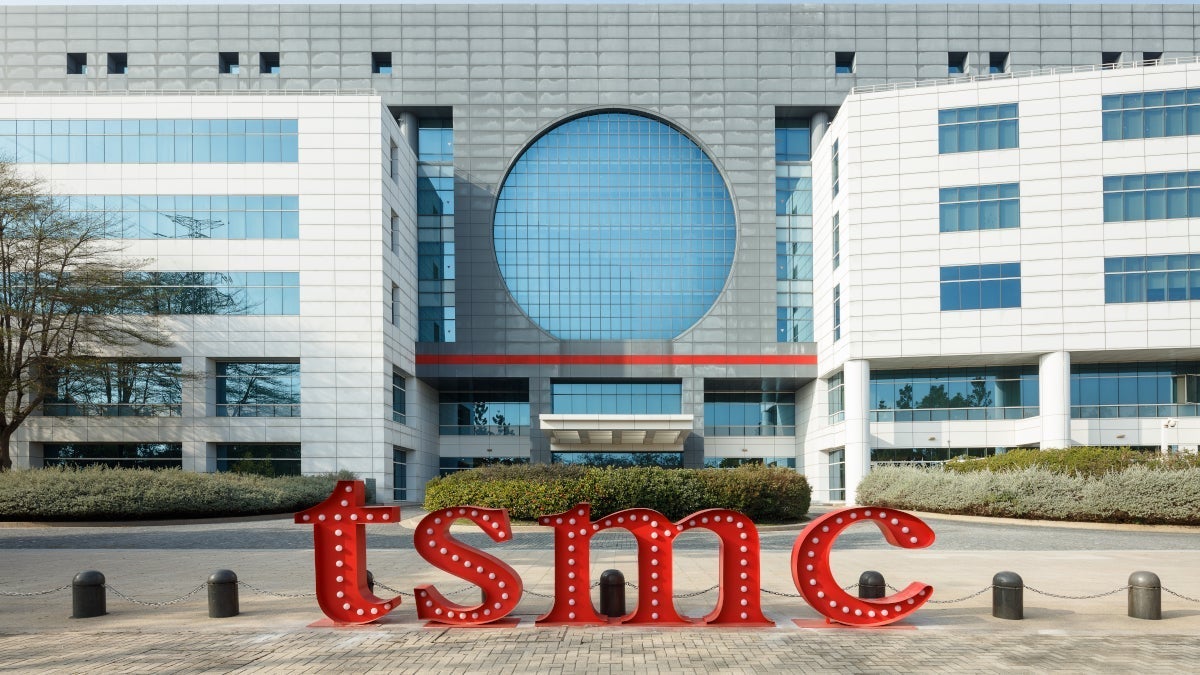












_ArtemisDiana_Alamy.jpg?width=1280&auto=webp&quality=80&disable=upscale#)






































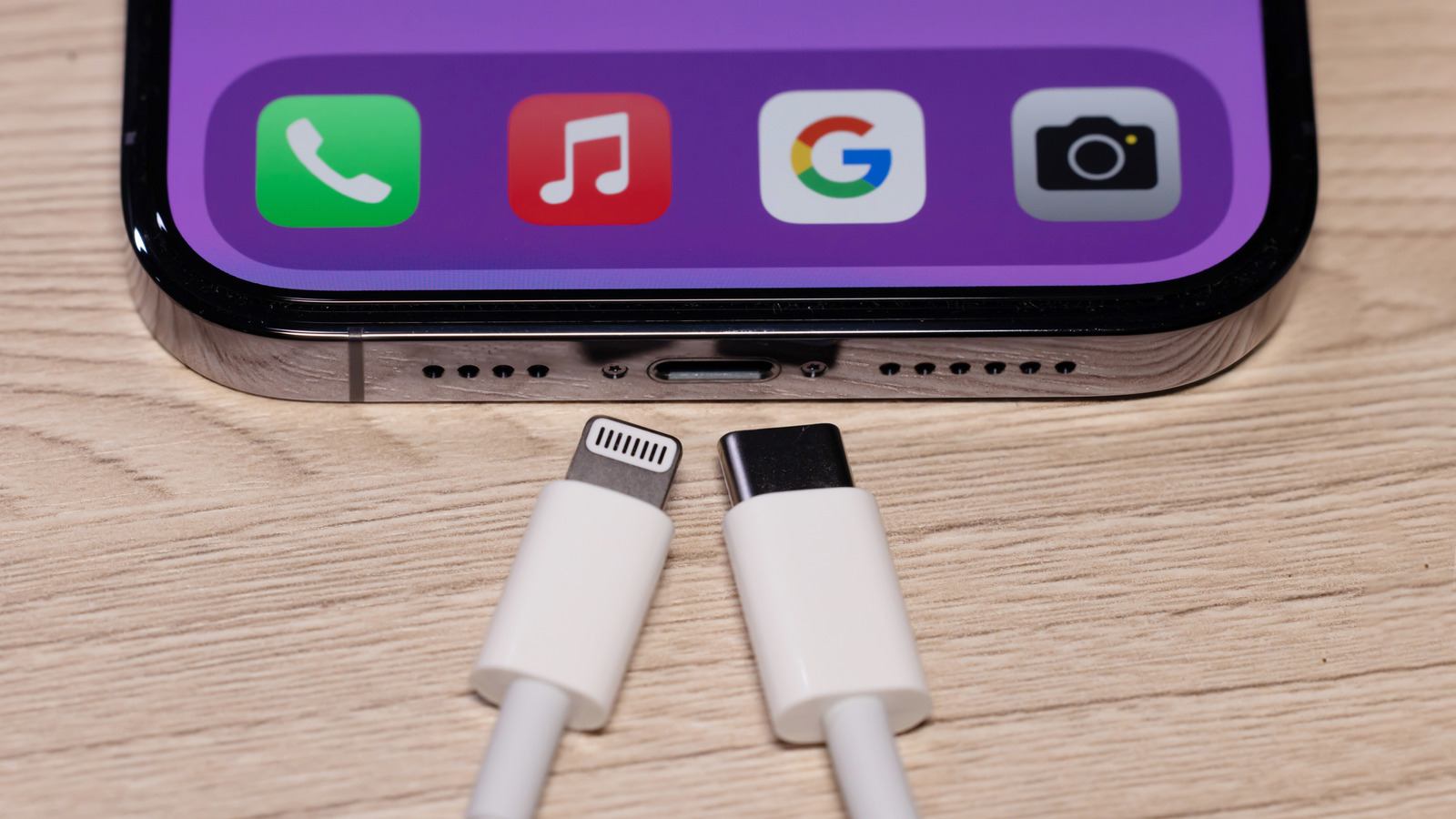





































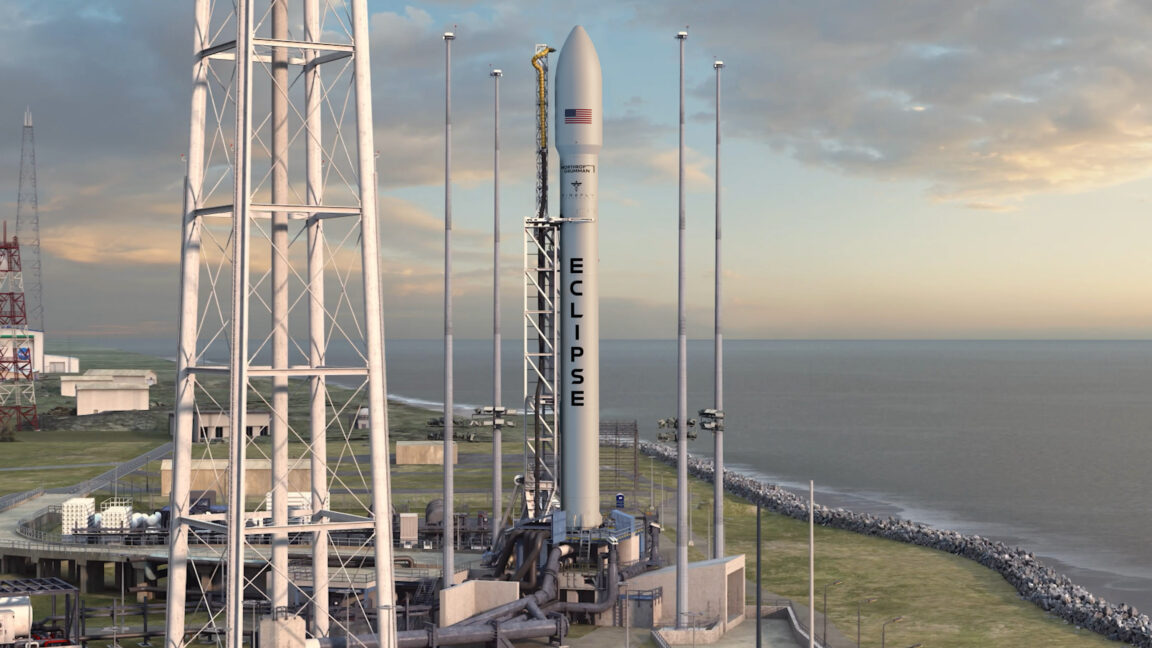


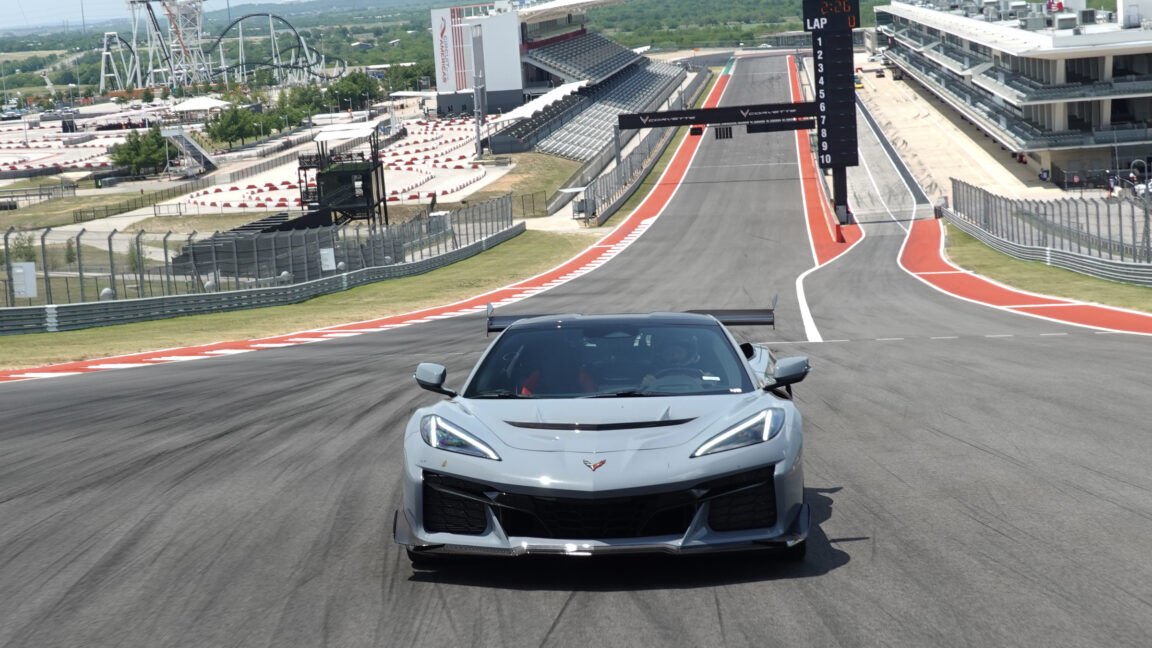






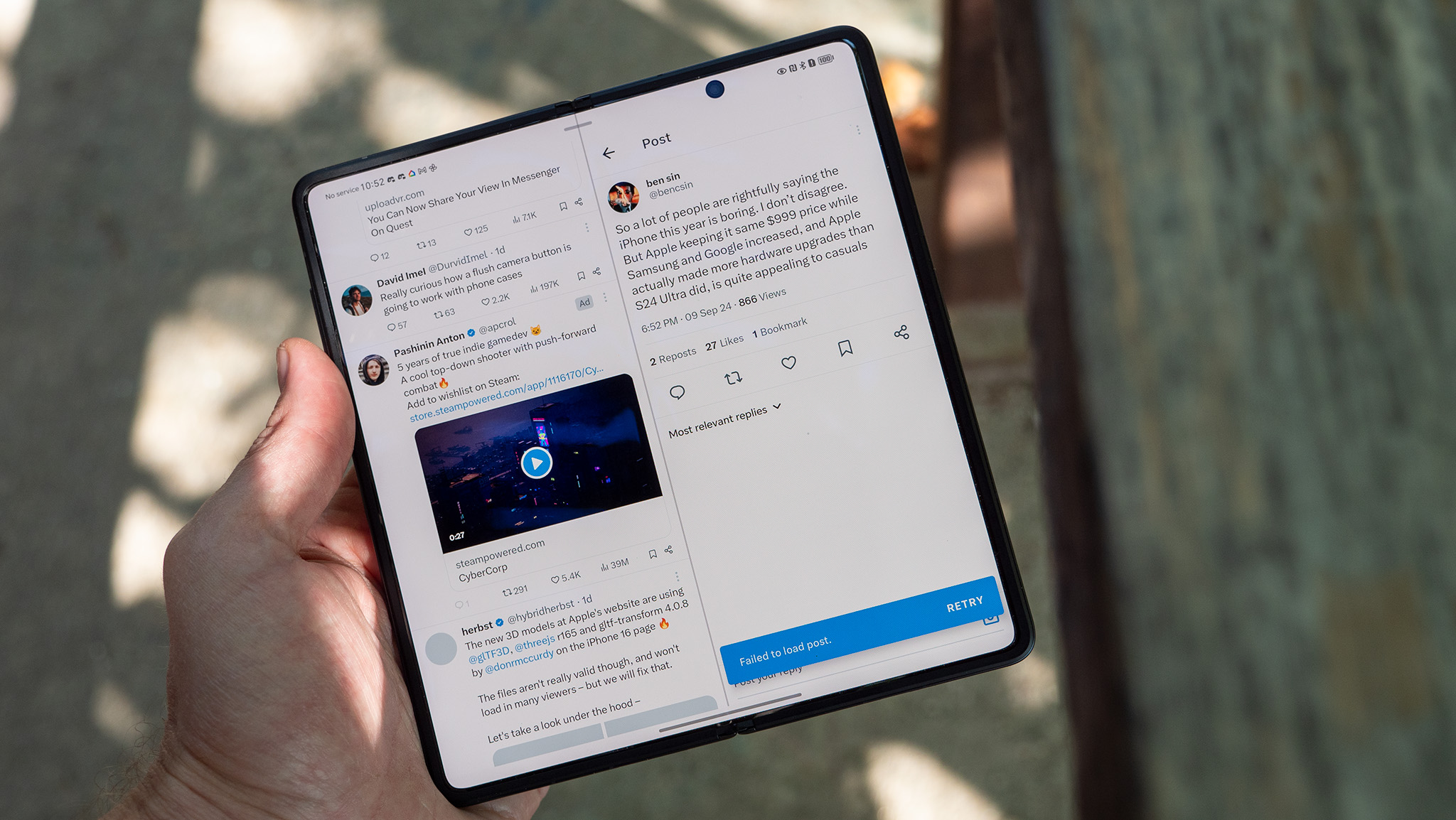
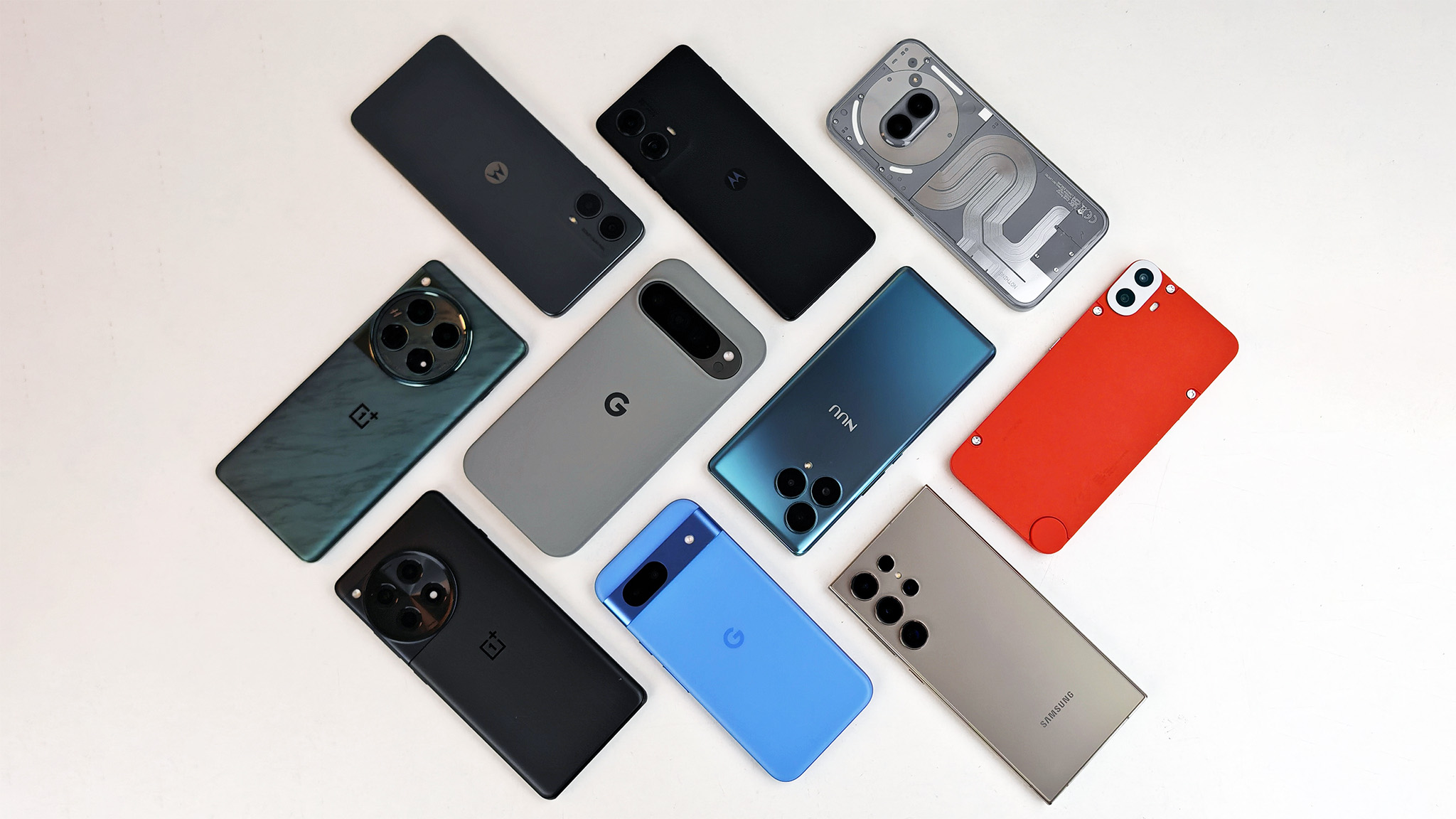
























![Apple 15-inch M4 MacBook Air On Sale for $1023.86 [Lowest Price Ever]](https://www.iclarified.com/images/news/97468/97468/97468-640.jpg)















